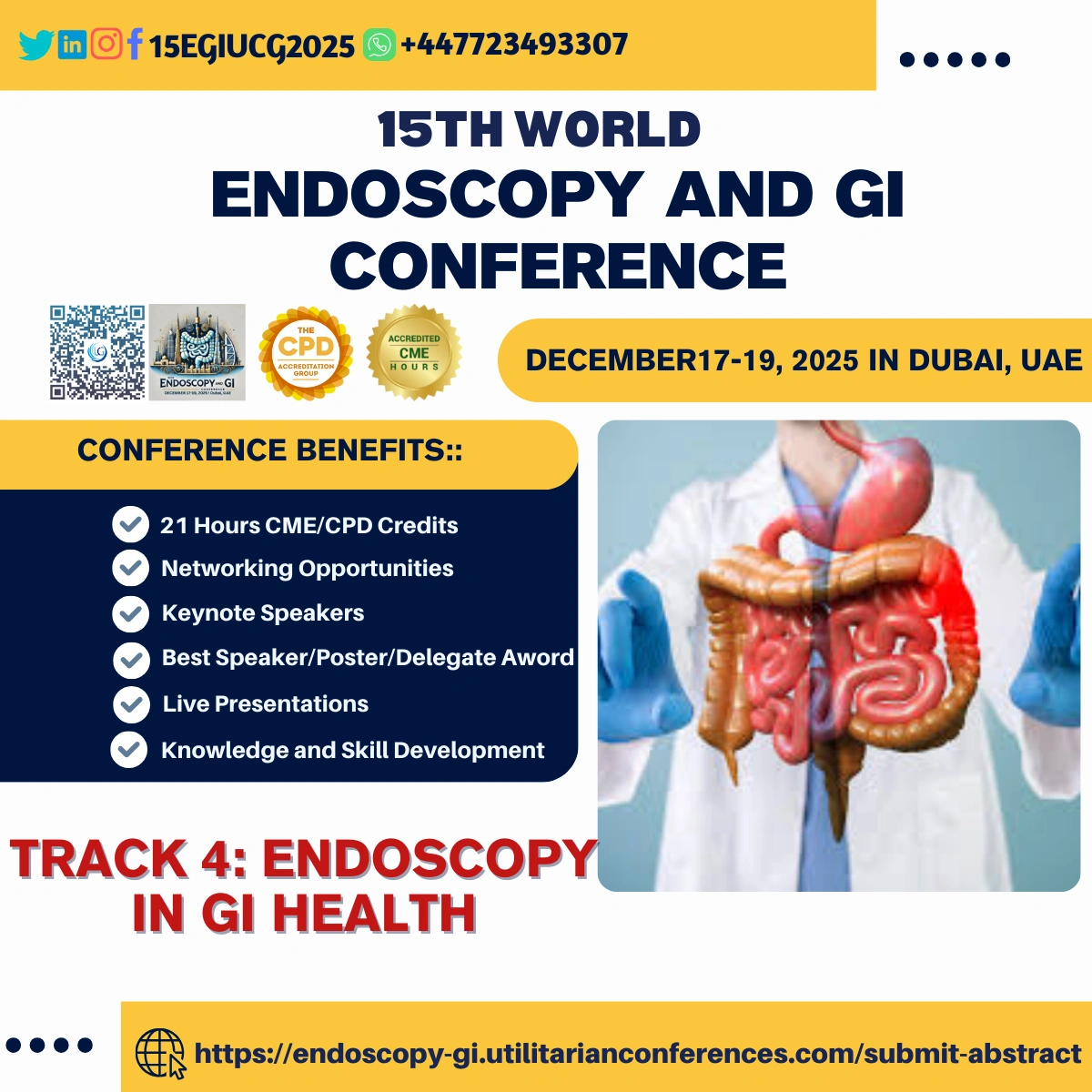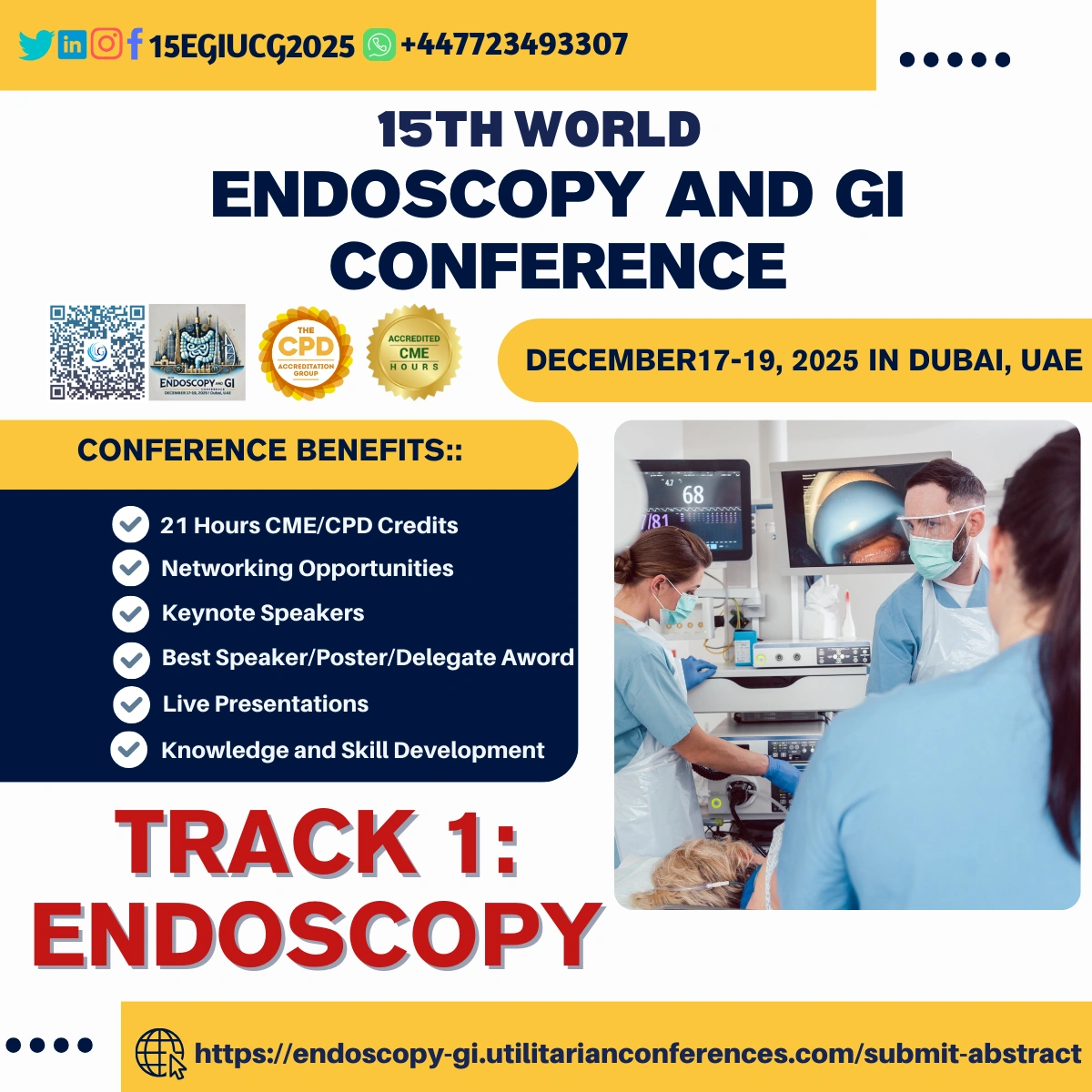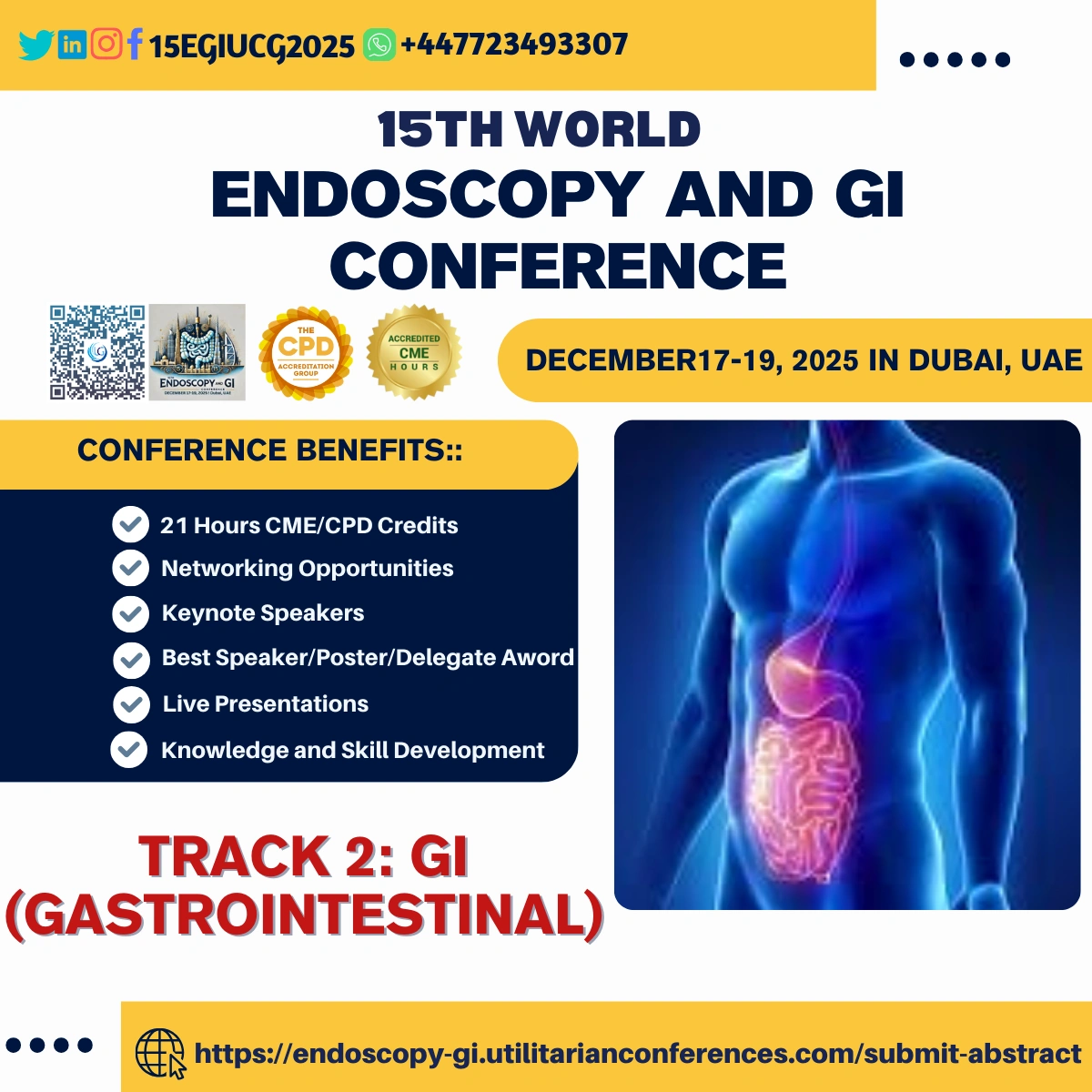Endoscopy in GI Health refers to the use of specialized medical instruments called endoscopes to visually examine the gastrointestinal (GI) tract for diagnostic, therapeutic, and preventive purposes. It involves inserting a flexible tube with a light and camera into the body through natural openings, such as the mouth or rectum, to observe the esophagus, stomach, intestines, and other parts of the digestive system.
Key Aspects of GI Endoscopy:
Diagnosis
- Visual Inspection: Endoscopes allow doctors to directly view the mucosal lining of the digestive tract, helping them diagnose conditions like ulcers, cancer, and inflammation.
- Biopsy: Tissue samples can be taken during the procedure to test for infections, inflammation, or cancer.
Therapeutic Use
- Polypectomy: Removal of abnormal growths (polyps) that could become cancerous.
- Stent Placement: Insertion of stents to open up blocked or narrowed passages, such as in the esophagus or colon.
- Hemostasis: Control of bleeding, such as from ulcers or varices, through techniques like cauterization or clipping.
Techniques
- Upper GI Endoscopy (EGD): To examine the esophagus, stomach, and duodenum, often used for GERD, ulcers, and bleeding.
- Colonoscopy: To explore the colon and rectum, commonly used for colorectal cancer screening and diagnosing IBD.
- Capsule Endoscopy: Swallowed capsules that capture images of the small intestine.
- Endoscopic Ultrasound (EUS): Combines endoscopy with ultrasound to visualize deeper layers of the GI tract and surrounding structures, particularly for cancer staging.
Preventive Care
- Cancer Screening: Regular colonoscopies are used to detect early signs of colorectal cancer, especially in high-risk individuals.
- Surveillance: Monitoring conditions such as Barrett's esophagus or precancerous polyps to prevent cancer development.
Endoscopy plays a critical role in managing various GI disorders by offering a minimally invasive, often outpatient method for diagnosis and treatment. It helps reduce the need for major surgery, enables earlier intervention, and enhances patient outcomes.
Sub Topic: Identifying GI conditions: GERD, peptic ulcers, and Barrett's esophagus, Screening and early detection of GI cancers, Endoscopic removal of polyps (polypectomy), Management of variceal and non-variceal bleeding, Capsule endoscopy for small bowel imaging, Preventive Role of Endoscopy, Monitoring and prevention of recurrent GI conditions, Advances in sedation techniques, Risk management and complications of endoscopy, Diagnosis and management of congenital GI conditions





